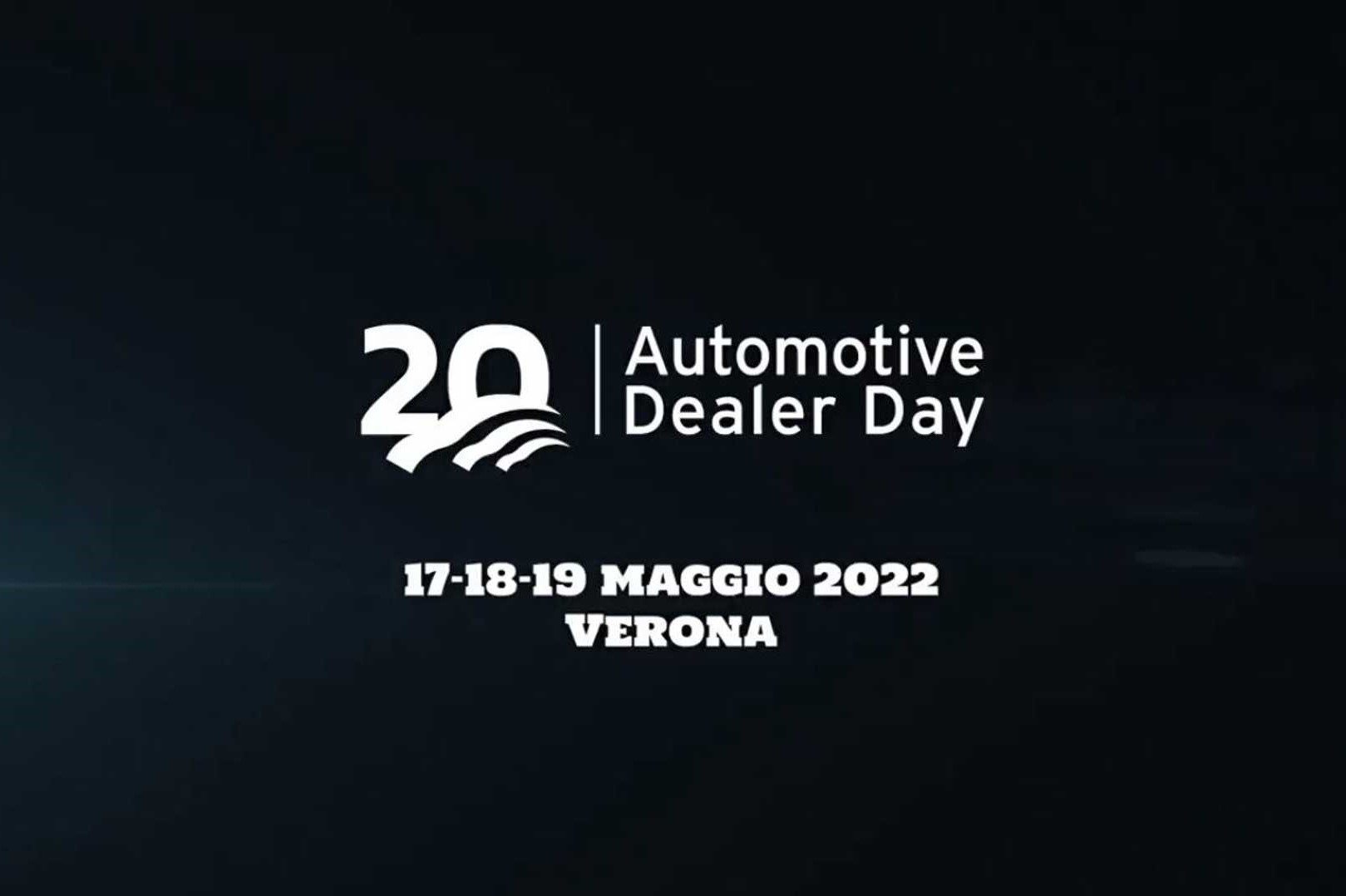
Automotive Dealer Day 2022: a future that also concerns emergencies
Automotive Dealer Day, the future of vehicles and the change in mobility also concerns special and emergency vehicles, the core of every emergency operation
Emergency Live, which has always dealt with special vehicles and their technological evolution, took part in the three-day Automotive Dealer Day in Verona, dedicated this year precisely to these issues and sustainability.
Verona Fiere, at Automotive Dealer Day a look towards the future
Manufacturers, dealers and technology or service industries that gravitate towards this world, have come together this year to address the topic of new mobility and sustainability and all the market developments that these concepts will bring.
Topics that also closely concern the special vehicles sector, much more so than one might think at first glance.
Automotive Dealer Day, the webinar organised by Focaccia Group on full-electric and hybrid
Mobility based on full-electric or hybrid, in fact, according to what emerged in the various meetings we had with the companies present at the fair, and in particular at the Webinar organised by Focaccia Group (the only company in the emergency sector present, a pity we did not find more attention from our world) seems to be able to develop a faster transition precisely in the citizen services sector than in private use.
The management of vehicle autonomy, calibrated operating regimes (especially for hybrid engines), recharging facilities and last but not least, the target of ‘zero emissions’ are decidedly more manageable for planned routes or within a defined radius and with the presence of an established base, i.e. public transport and emergency services in primis.
Moreover, and an even more important topic for the industry, the advent of electric vehicles will force outfitters to find new engineering solutions in space utilisation.
If in a traditional ambulance vehicle, in fact, the rear compartment was a completely empty skeleton on which to work, the discourse changes with a ‘full-electric’, which needs a space dedicated to battery storage.
Widening the discourse, moreover, the vehicles in a fleet (used for emergencies but not only) change what is known as the TOC (Total Owner Costs), i.e. the running costs, and it will be up to those who manage a group of vehicles dedicated to rescue to understand which solution (thermal, hybrid, full electric) to adopt according to the services needed to be provided.
How many people know that a ‘full electric’ engine can travel one million kilometres compared to the approximately three hundred thousand guaranteed by a thermal unit?
The electric vehicle has a higher initial cost, but its durability seems to totally absorb this cost if one invests in the vehicle for the long term.
This will make it necessary and increasingly important, even for rescue associations and institutions, to have a trained mobility manager capable of managing a group’s mobility fleet.
Of course, there was also no shortage of critical issues that this transition will entail, with questions that are unanswered today, first and foremost the infrastructural change of cities and how to produce the energy required for these vehicles, but which need to be resolved in the immediate future.
The emergency sector will also have to be ready, and taking advantage of Focaccia Group’s presence, Emergency Live went to ask him a few questions, which we will reveal in the next article dedicated to Automotive Dealer Day.
Read Also:
Emergency Live Even More…Live: Download The New Free App Of Your Newspaper For IOS And Android
Focaccia Group. A Story That Has Always Looked To The Future!
Focaccia Group Enters The World Of Ambulances And Proposes An Innovative Sanitisation Solution
Emergency One Secures Export Of Electric Fire Appliance To France
Firefighters: USA’s 1st All-Electric Fire Engine Arrives In Los Angeles


